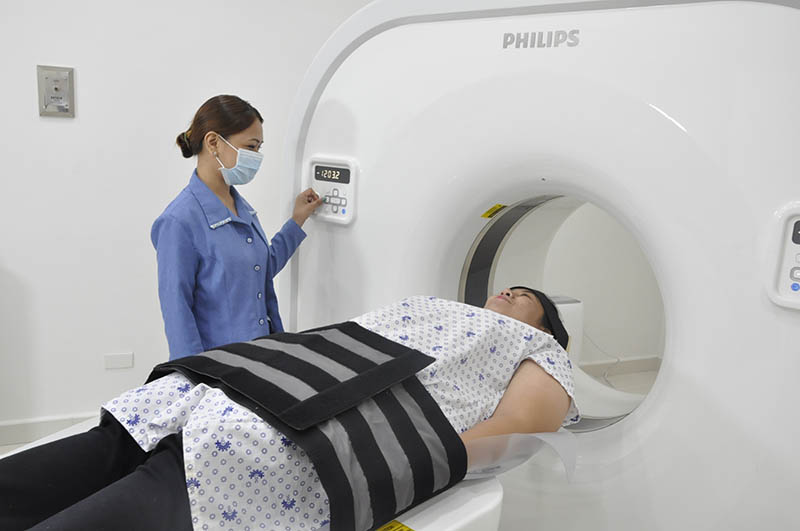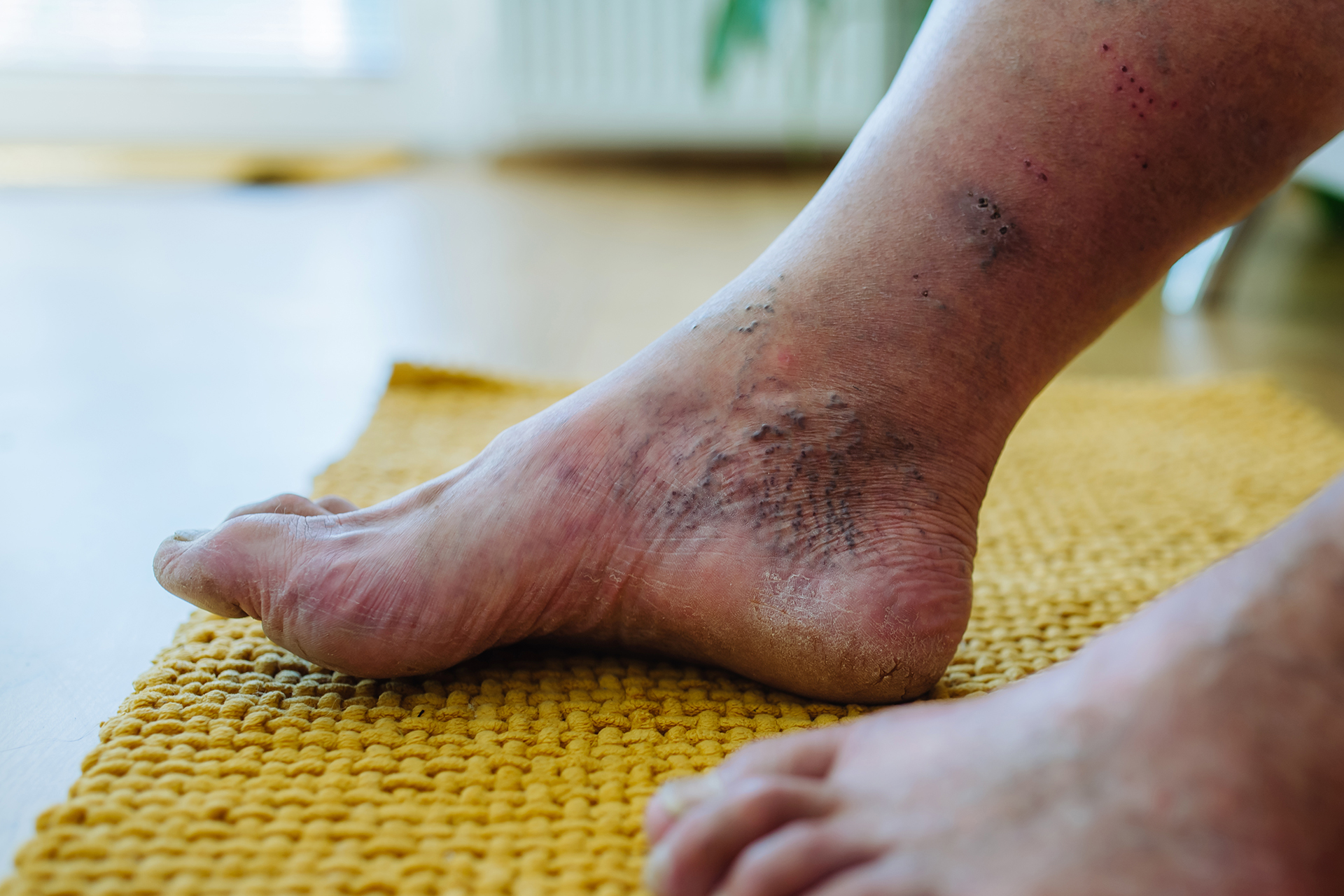CT scans, also known as computed tomography scans, are vital tools in the realm of medical diagnostics. They provide detailed cross-sectional images of the body, helping healthcare professionals identify fractures, tumors, internal injuries, and various diseases with precision. In this guide, we’ll delve into the ins and outs of CT scans, from understanding the procedure to accessing the results.
What is a CT Scan?
CT scans, short for computed tomography scans, are advanced imaging techniques that combine X-ray technology with computerized processing. These scans produce detailed cross-sectional images of the body, allowing healthcare providers to examine internal structures with exceptional clarity. Whether it’s detecting a bone fracture or pinpointing the location of a tumor, CT scans play a crucial role in medical diagnosis.
Preparing for a CT Scan
Before undergoing a CT scan, it’s essential to inform the medical staff about any allergies, especially to iodine or contrast dye, as well as any existing medical conditions, particularly kidney issues. Certain CT scans may require the use of contrast material, and specific preparations, such as fasting, may be necessary for scans involving the abdomen, pelvis, or certain types of CT angiography. Our dedicated staff will guide you through the preparation process to ensure a smooth experience.
What Happens During a CT Scan
During the CT scan, you’ll be asked to change into a hospital gown and remove any metal objects, jewelry, or accessories that could interfere with the imaging process. Depending on the nature of the scan, you may receive contrast dye orally or through an IV line. As you lie on a comfortable table, the CT machine will move around you, capturing detailed images of the targeted area. It’s crucial to remain still during the scan to obtain clear and accurate results. Most scans last only a few minutes, making the procedure relatively quick and straightforward.
Understanding the Experience
If contrast dye is used during the scan, you may experience sensations such as warmth or a metallic taste. It’s essential to communicate any discomfort or past adverse reactions to the medical staff to ensure your safety and well-being throughout the procedure. Your comfort and peace of mind are our top priorities.
Accessing CT Scan Results
Following the CT scan, your images and report will be digitally accessible for review. If requested, printed copies can be provided, although additional charges may apply. The results will be promptly sent to your referring doctor, who will discuss the findings with you and develop a comprehensive treatment plan if necessary. Rest assured that our team is committed to delivering accurate and timely results to facilitate your healthcare journey.
Takeaway
CT scans are invaluable tools in modern medicine, offering unparalleled insights into the human body’s internal structures. By understanding the procedure, preparing accordingly, and communicating openly with healthcare providers, you can ensure a smooth and effective CT scan experience. Prioritize your health and well-being by scheduling regular check-ups and diagnostic tests as recommended by your healthcare provider.






